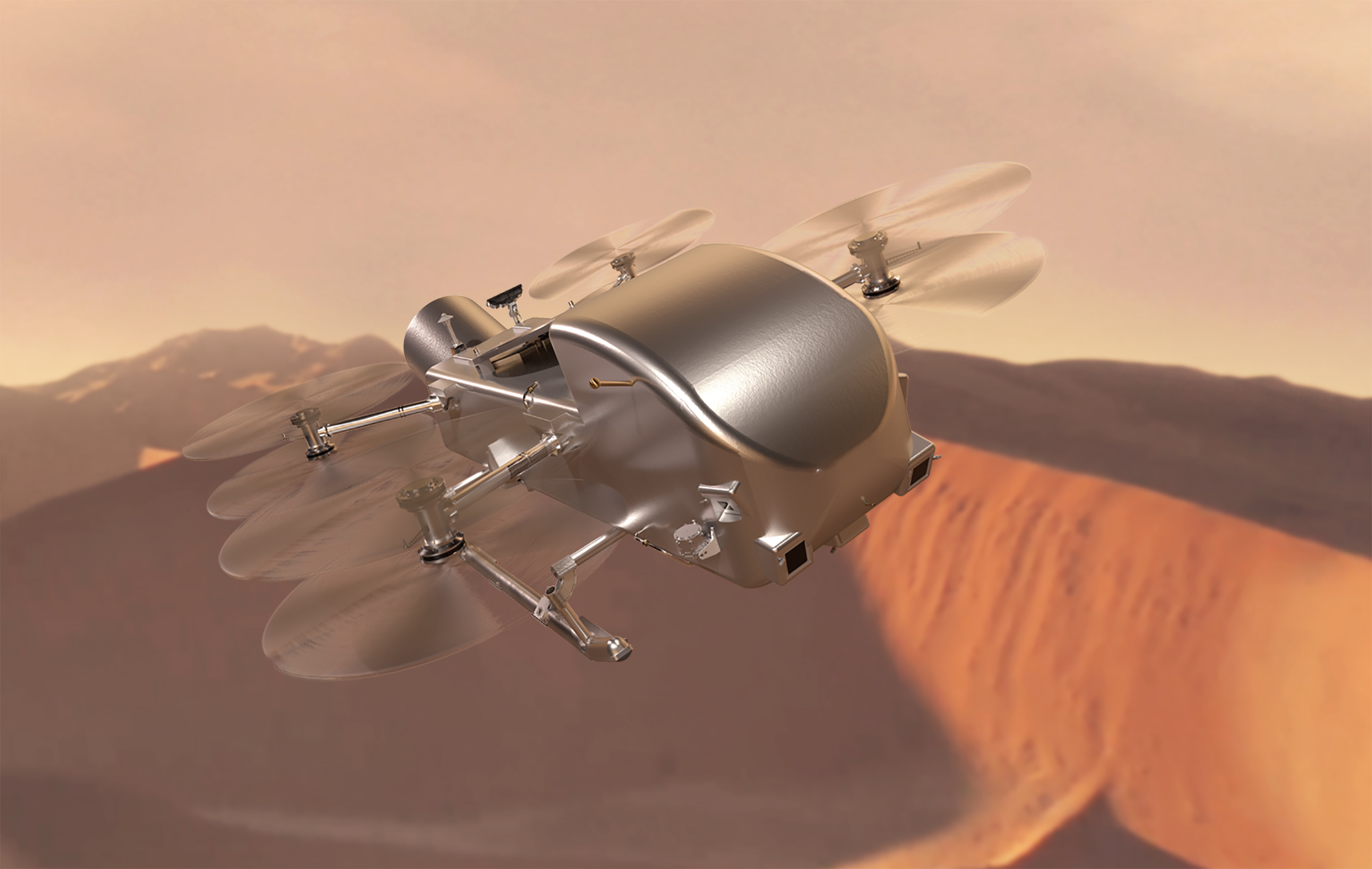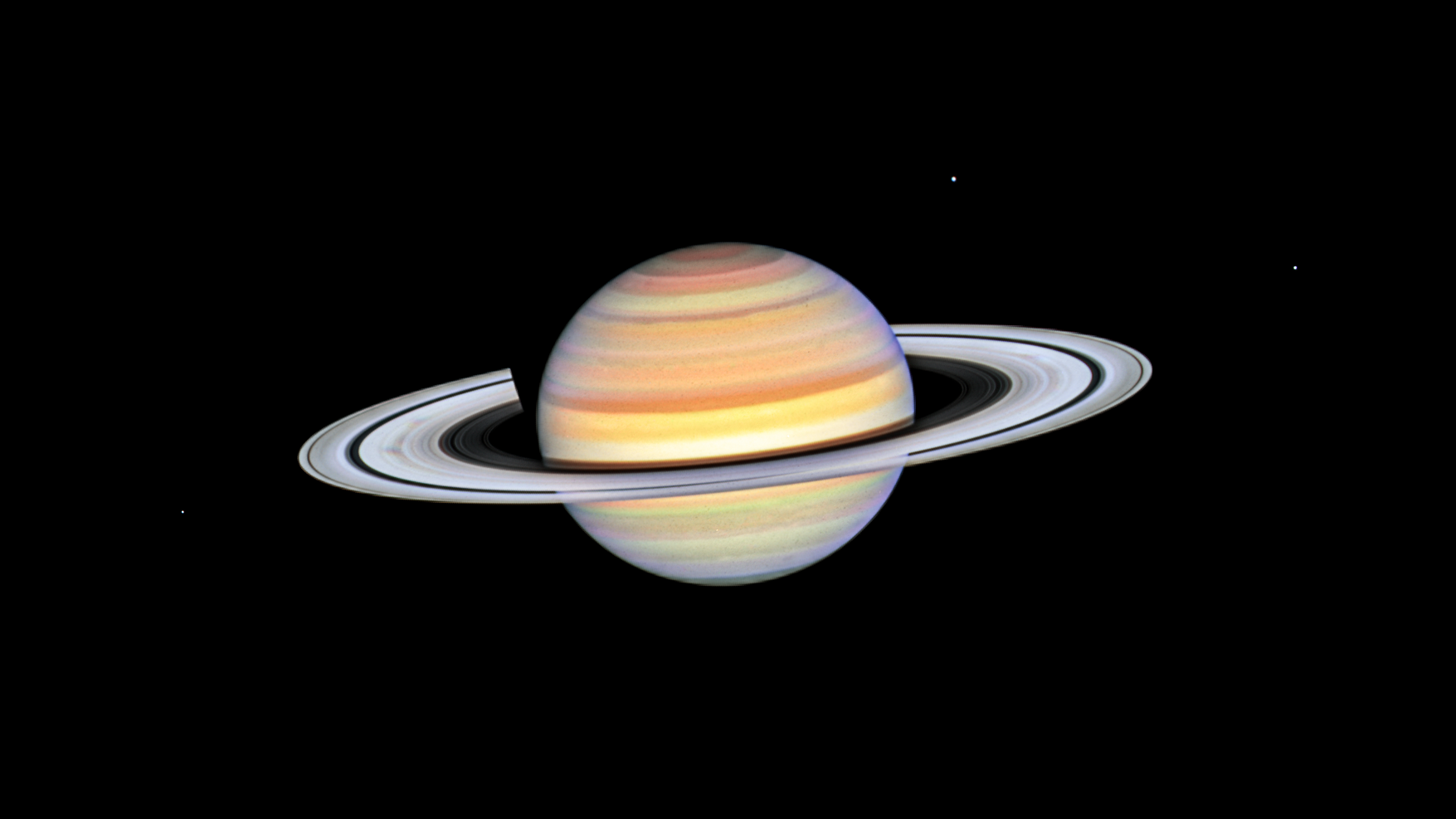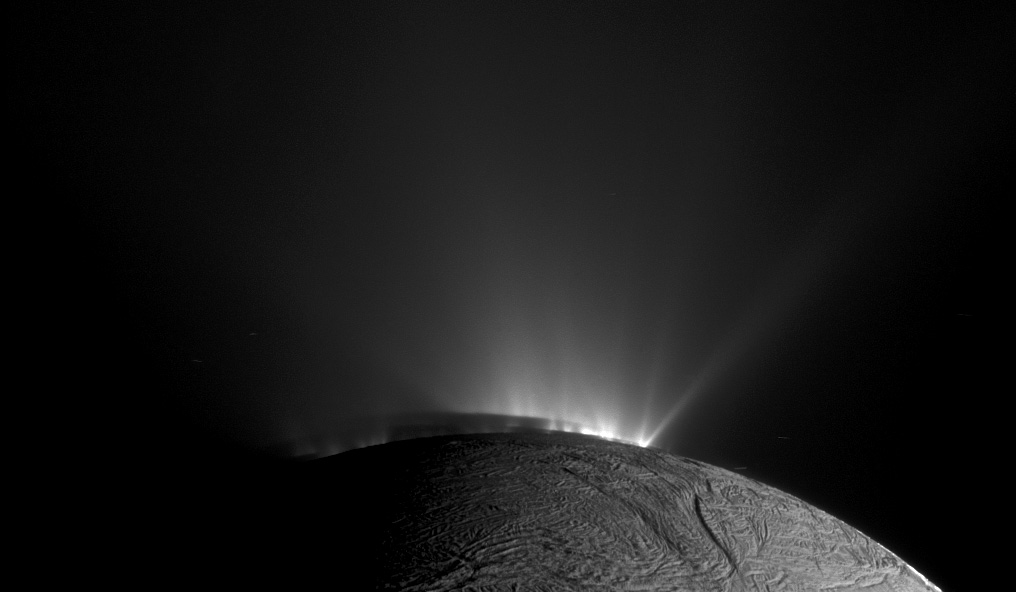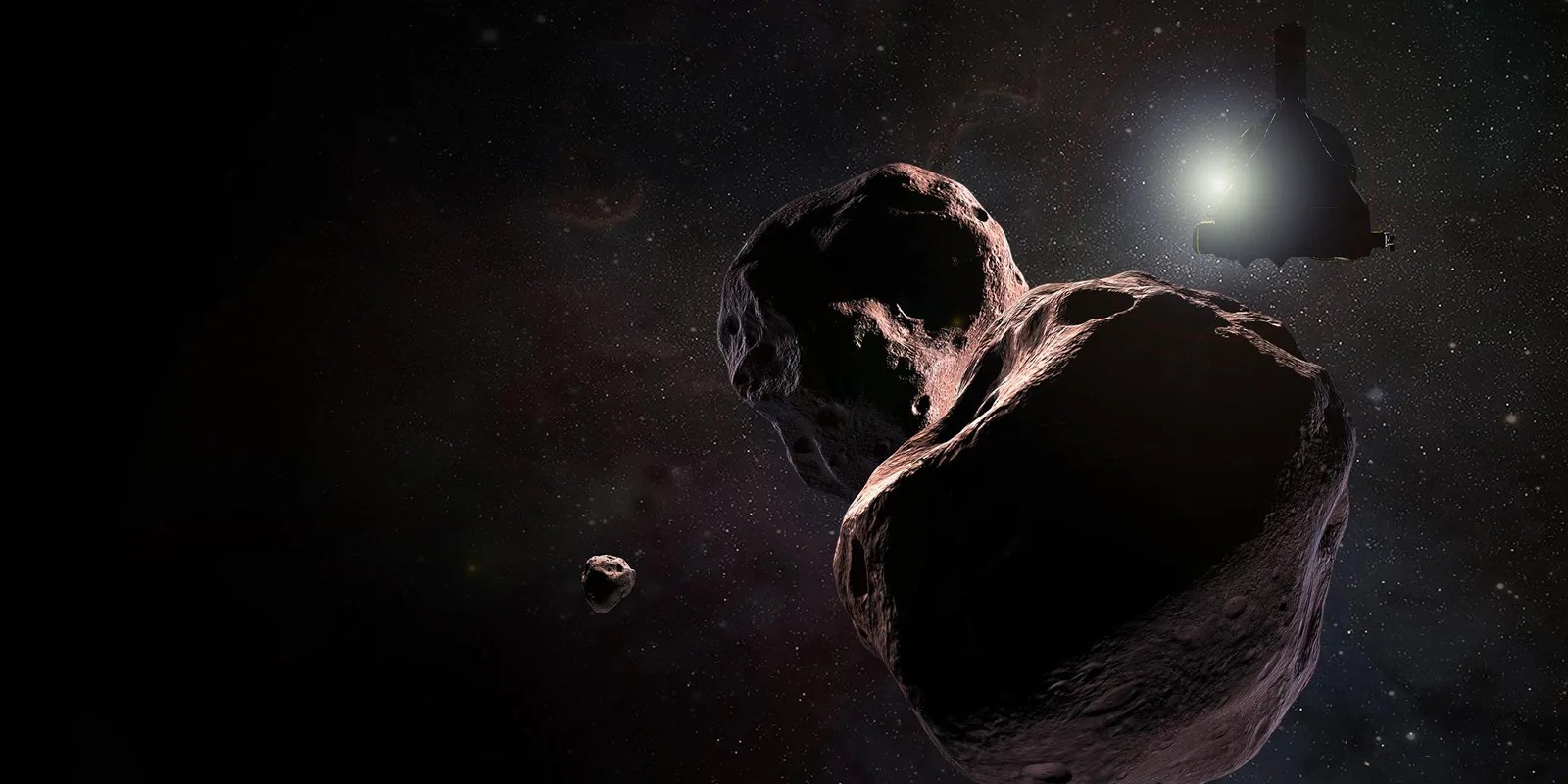2 min read
The most recent spacecraft telemetry was acquired on June 29 from the Deep Space Network tracking complex at Goldstone, California. The Cassini spacecraft is in an excellent state of health and all subsystems are operating normally. Information on the present position and speed of the Cassini spacecraft may be found on the "Present Position" page at: http://saturn.jpl.nasa.gov/mission/presentposition/.
Wednesday, June 24 (DOY 175):
Scientists working on Cassini have detected sodium salts in ice grains of Saturn's outermost ring. Detecting salty ice indicates that Saturn's moon Enceladus, which primarily replenishes the ring with material from discharging jets, could harbor a reservoir of liquid water perhaps an ocean -- beneath its surface. For the full details on this story link to:
http://saturn.jpl.nasa.gov/news/newsreleases/newsrelease20090624/
All participating teams submitted files today for the first input port of the S55 Science Operations Plan process.
Thursday, June 25 (DOY 176):
Imaging Science (ISS) and the Ultraviolet Imaging Spectrograph (UVIS) jointly observed Enceladus¹ plume at intermediate phase, and ISS, UVIS and VIMS observed Mimas.
Friday, June 26 (DOY 177):
Orbit Trim Maneuver (OTM) #203 was performed today. This is the cleanup maneuver from the T57 encounter on 06/22. The main engine burn began at
1:29 AM PDT. Telemetry immediately after the maneuver showed the burn duration was 14.3 seconds, giving a delta-V of 2.4 m/s. All subsystems reported nominal performance after the maneuver.
Monday, June 29 (DOY 180):
Part 2 of the S51 background sequence was radiated to the spacecraft today over the Goldstone DSS-25 pass. It will begin execution on Tuesday, July 7, and will conclude on July 23.
The Cassini Plasma Spectrometer led spacecraft pointing for a Magnetosphere and Plasma Science campaign to observe dawn-side magnetospheric boundaries at a variety of radial distances, then UVIS began system mosaic scans of Saturn¹s magnetosphere in 8 hour time blocks over seven non-consecutive days to observe atomic oxygen and hydrogen.







